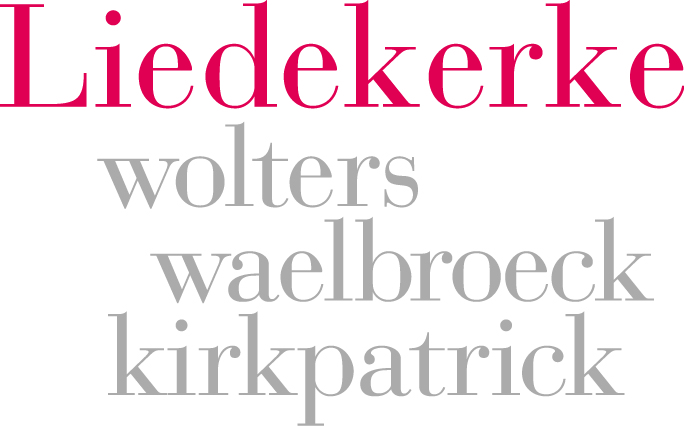The Business Case for Change
Preface For the past five years, the International Labour Organization (ILO) has built a case for higher representation of women in decision-making positions. Our first global report on Women in Business and Management: Gaining Momentum was published in 2015 and we have continuously worked with employer and business membership organizations (EBMOs) globally to present the business case for gender diversity, provide information and data on the evolving situation of women in management and boardrooms and showcase good practice examples from enterprises and EBMOs on their measures and strategies to shift the status quo.
We know that improving gender diversity in the workplace does not only benefit women. Mounting evidence shows that it is a boon to societies, economies and enterprises themselves. Encouragingly, we are seeing considerable efforts by enterprises and EBMOs to reap the benefits of having women at the top across countries in all regions. Still, progress has been patchy, and, in some cases, the pace of change has not been compatible with the positive evidence. The success of these efforts is crucial in enabling enterprises to secure talented women and men who will seize new growth opportunities and offer business solutions as we navigate the forces that are transforming the nature of work.
In 2019, we present our second global report on Women in Business and Management: The business case for change. Our new report, conducted together with EBMOs and nearly 13,000 surveyed enterprises across the globe, offers new insights into how gender diversity at the top improves organizational performance. These include how the many dimensions of an organization’s policies, a gender-balanced workforce and a gender-inclusive culture, among other factors, move the needle for more women to hold decision-making power. In short, this report explores the business case for gender diversity in the workplace and women’s representation at the management and board levels, and it evaluates the success of various inclusion initiatives.
The business case for gender diversity has been quantified and measured in numerous studies. Our own research reinforces and expands this evidence at the global scale – all enterprises stand to benefit from higher profitability and productivity; increased ability to attract and retain talent; greater creativity, innovation and openness; enhanced reputation; and the ability to better gauge consumer interest and demand. The benefits are not insignificant: nearly three out of four surveyed enterprises that cited improved bottom line indicated a profit increase of between 5 and 20 per cent.
With this in mind and given the changing nature of work as well as current and future skills shortages, it is imperative for enterprises to make a strategic choice to develop their organizations into a workplace where talented women and men want to be and create enabling conditions that lead to success.
Positively, the female talent pool is widening globally with women surpassing men in tertiary education, and more women than ever before are entering into science, technology, engineering and mathematics (STEM) disciplines. But close to half of the enterprises we studied considered retention of skilled women as a challenge for their businesses. Furthermore, our research shows that the more senior the position within a company, the fewer women there are to be found, known as the “leaky pipeline”. Separately, another major issue our research highlights is what’s known as “glass walls”, or occupational segregation within management functions. Here, women in middle and senior management tend to be concentrated iv in certain industries: according to our research, human resources, finance and administration, and marketing and sales. By contrast, men are more dominant in operations, research and development, and profit and loss functions that are considered to be more strategic for enterprises and can often be a springboard to higher level positions.
When it comes to the boardrooms, studies suggest that enterprises need to reach a critical mass of 30 per cent women in order to reap the benefits of gender diversity. Our research shows that one third of enterprises surveyed are governed by a board that is constructed by this critical mass. This means the majority of boardrooms would still gain from adapting approaches that generate inclusive leadership.
So how can enterprises better leverage gender diversity to generate improved business outcomes, create high performing teams and take effective action to close the gap between aspiration and reality? Broadly, enterprises need to proactively ensure equal opportunities for all staff – so that career paths do not diverge at early stages and there is a healthy pipeline of women right up to the top.
Importantly, practising gender diversity is more than ensuring that human resources policies are adequately aligned. It is also about creating an inclusive, respectful culture that is not dominated by one gender and that delivers the diversity of thinking that women and men bring to the table. While workplace cultures are often influenced by wider societal norms, enterprises and EBMOs can play a critical role in dispelling these biases and challenging traditions. Ultimately, businesses have the ability to directly influence and shape a gender-inclusive workplace that works for all, at all levels, and simultaneously reap the associated benefits.
As we work towards the attainment of the Sustainable Development Goals, especially Goal 5 on advancing gender equality and women’s empowerment, we encourage all businesses and their representative organizations, Governments and other stakeholders to take a proactive and considered approach to achieving this goal. It is our hope that the findings of our report assist enterprises and EBMOs globally in making gender diversity central to their strategic business agenda.
Download the report below
The Business Case for Change





























